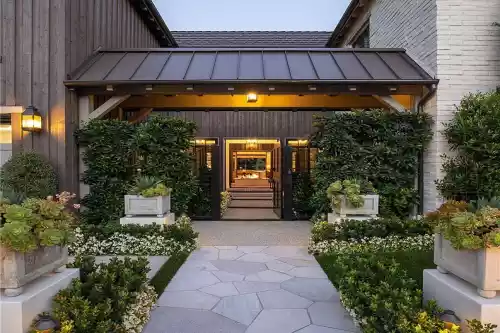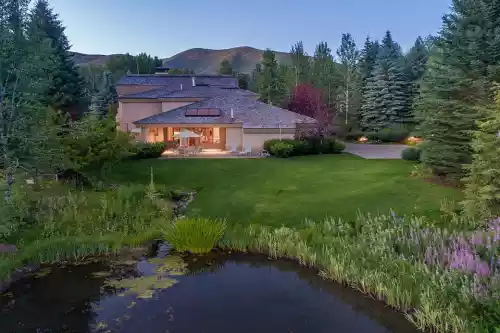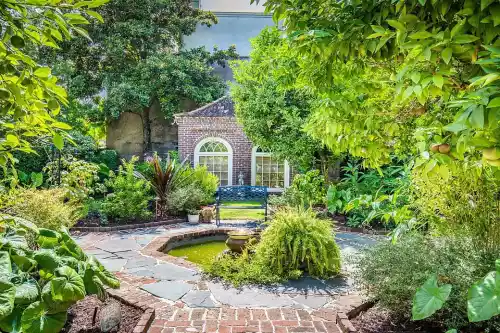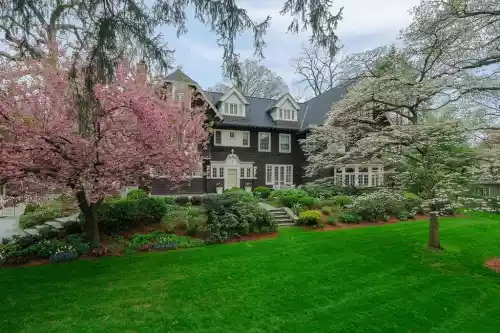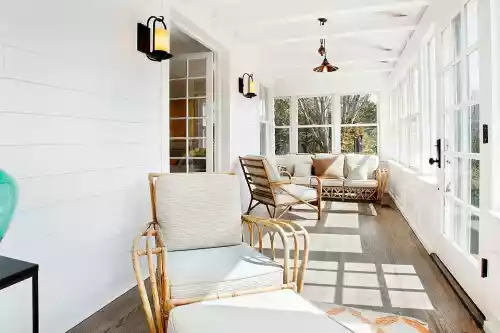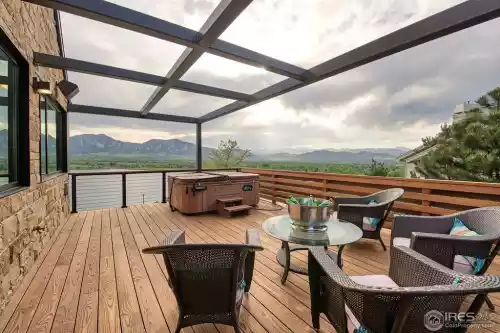

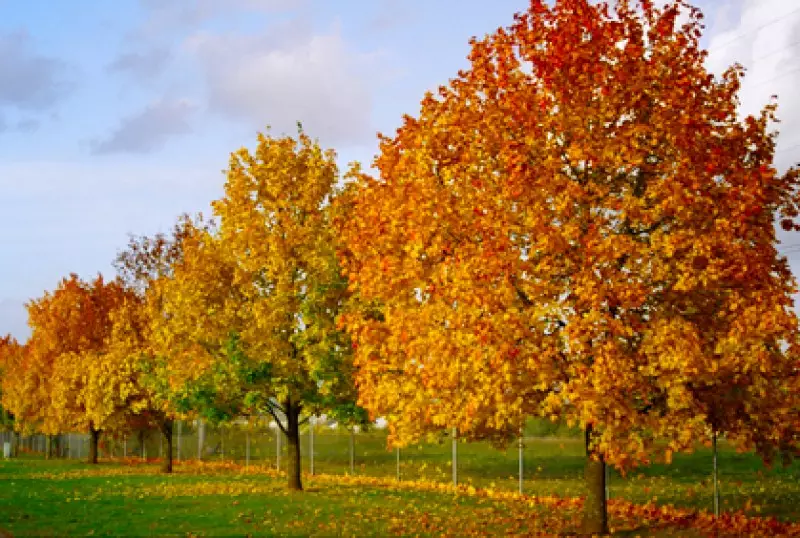
Maples are great for landscaping because they are fast growing trees that also provide you with ample amounts of shade. Shade trees are great for areas that receive a lot of sun because they provide you with natural protection from harmful UV rays while at the same time creating a beautiful look in your yard. The fasted growing maples include the Norway Maple, that not only grows quickly but is also cold resistant, making it the ideal choice for the cooler climate countries. Maples are also the most popular trees for landscaping in residential and municipalities because they respond well to trimming and sculpting to maintain a clean cut look. Because of this characteristic, many species of maple trees are used in bonsai art, in which the trees are grown in small pots to create miniature versions. Before planting a bonsai of this species, make sure to do your research to find the best maple tree information to ensure that you care for it properly. In addition to bonsais, small types of maple trees can be used for ornamental landscaping.


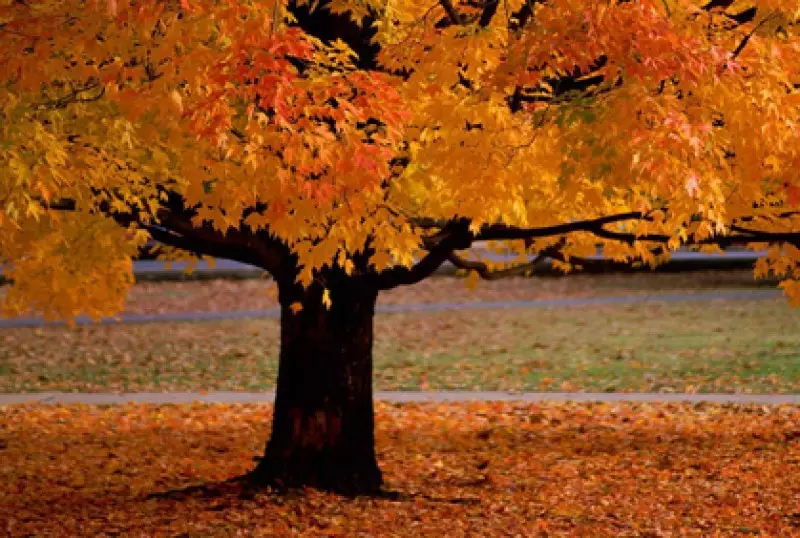
Maple is great for ornamental trees because they respond to trimming and can be cut and sculpted into any shape or form you desire. The best ornamental trees tend to be those that are smaller in stature. Different types of maple trees come in dwarf versions that do not over grow and take up little space in your yard. Dwarf trees are a great option for homes and yards with little space because they offer all the attributes of a regular sized plant in a smaller version. A popular species used for decoration is the dwarf Japanese maple. These trees are medium sized trees that produce vibrant colored leaves in the spring and the fall. Japanese maple tree leaves have a vibrant red color in the spring that slowly morphs into a brilliant purple throughout the summer and back to beautiful yellow and orange in the fall. Different types of Japanese trees are often used in one yard to create a multicolored environment. Bloodgood Japanese maples produce stunning dark purple and maroon leaves that can be a great contrast to red or yellow foliage.


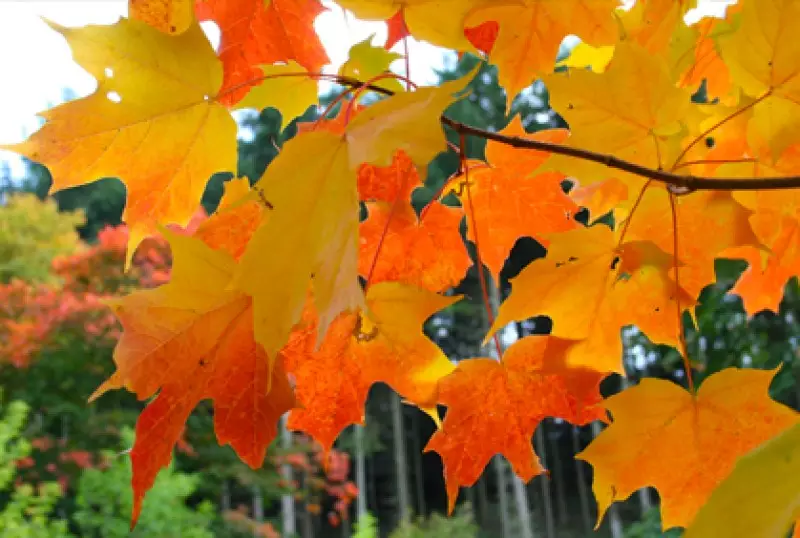
Maple trees are a common species to find around the United States, especially along the east coast. While they are mainly known for their beautiful wood and gorgeous fall leaves, maples have a variety of uses. Tapping maple trees can produce syrup and their wood can be used for high quality construction material or charcoal, however the most popular use for these trees is as ornamental focal points in residential areas. Not only do they create a beautiful look for your yard, but maple tree varieties are fast growing and self pollinating, making them ideal species for a backyard. Because of their recent spike in popularity, you can find many different maple tree types at your local nurseries that are grown specifically for ornamental use. The most important thing to consider when enhancing your landscape with this type of foliage is the best kinds of maple trees for your area. Here you can find an assortment of helpful information, design tips, maintenance advice and pictures of maple trees that will make your yard the talk of the neighborhood.


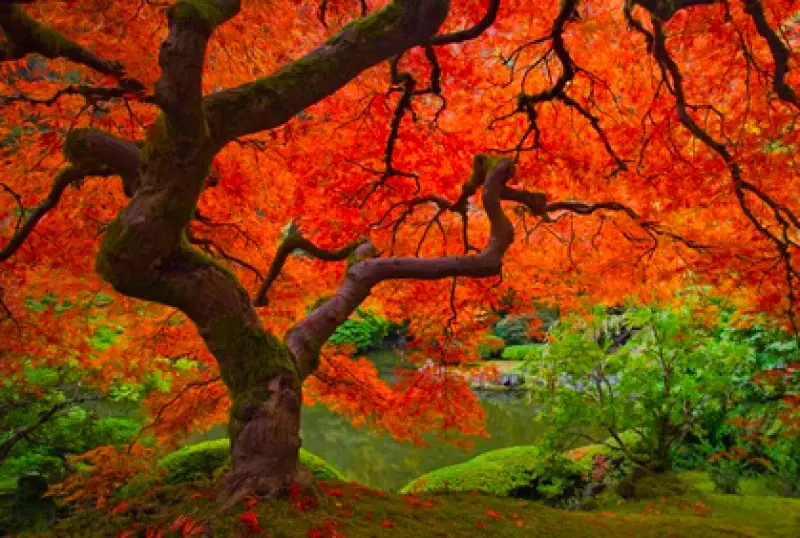
Other Japanese varieties include the crimson king and queen species. A crimson king maple produces deep purple tinted leaves that are perfect for areas with additional dark green foliage. Crimson queen Japanese maples, on the other hand, generate leaves that have a brighter red color that are long and thin. Crimson queen are best for Japanese garden ideas with more oriental themes because the look of their leaves compliment the style and design well. One of the main distinguishing features between maples are the leaves. Identifying maple trees by their leaves is easy, as long as you know the various characteristics. Most maples contain the typical three pointed, symmetrical shape where as others, such as the full moon maple whose leaves include several small points that resemble a hand fan. Make sure to do some research about maple trees before purchasing them in order to choose the type that is right for you and the design of your home. Other popular species include trees such as the silver, sugar, and red maples.


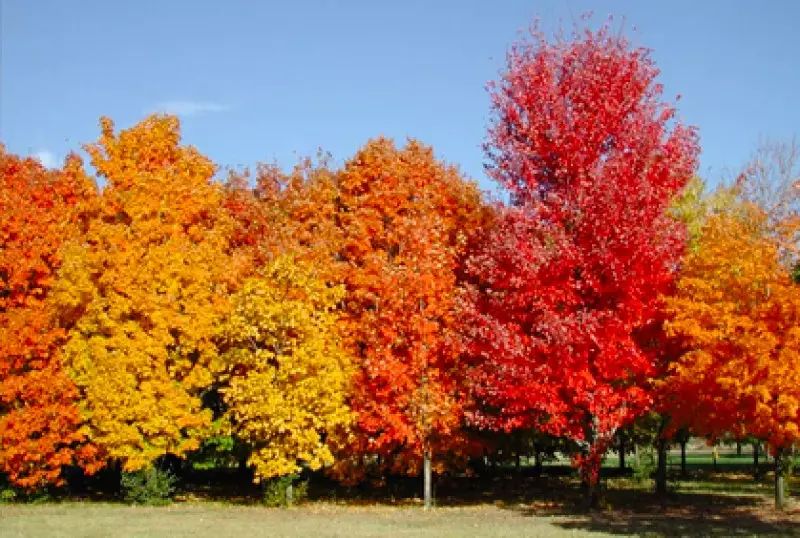
Silver maple trees commonly chosen among homeowners looking for a more unique look for their yard. This type of maple produces leaves with a green top and silver bottom which adds more depth to the color scheme of the landscape. A sugar maple tree is another admired type that not only has an attractive foliage, but can also be used to make maple syrup. Once you determine when to tap maple trees you can boil down the sap to produce natural, and homemade syrup. Another popular choice for homeowners looking to create a colorful landscape scenery in their yard during the fall is the red maple. Red maple tree facts suggest that these trees are the first to change color in the fall and are idea for yards requiring large amounts of shade. The October glory red maple, is one specific species that is commonly chosen for its brilliant red colored foliage and is often used along the edge of the street. View our landscaping photos with maple trees to not only see the beautiful color choices to choose from, but also various ways to incorporate this plant into your yard.


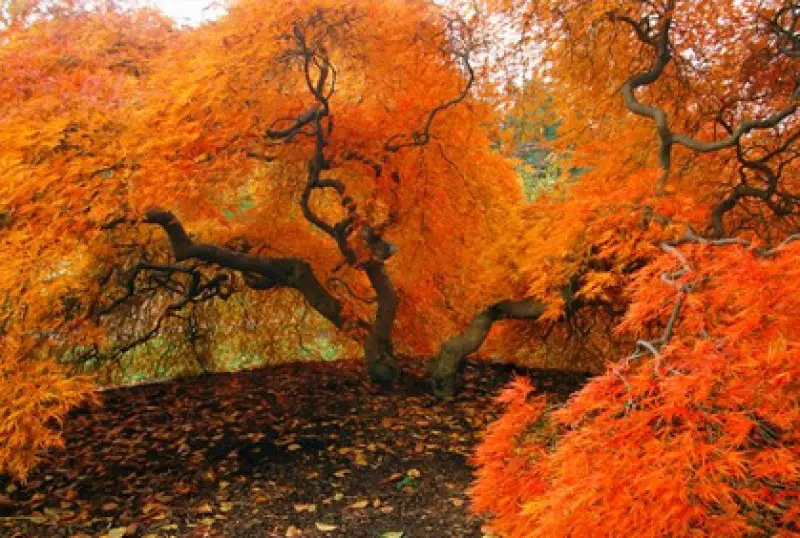
Once you have chosen your maple, take a trip down to your local nursery where you can not only purchase your tree, but also find a great source of helpful information about how to plant, grow and maintain your it. Planting maples can be completed on your own, or by a professional, depending on whether you have the appropriate tools or not. It is important to keep in mind that there are several common problems with maple trees that may affect proper growth and development and they are often prone to disease. Although these are considered the best small trees, maple tree diseases such as wilt, fungus, and tar spots can infect your plants if not properly cared for. The best time of year to be aware of the health of your trees is during the summer where you can see fully bloomed leaves. The best way to prevent disease spread is to rake up fallen leaves each year and dispose of them. As long as you keep an eye out for any type of disease or problem with your maples you can avoid unwanted plant deaths and maintain a beautiful, luscious landscape for years to come.
